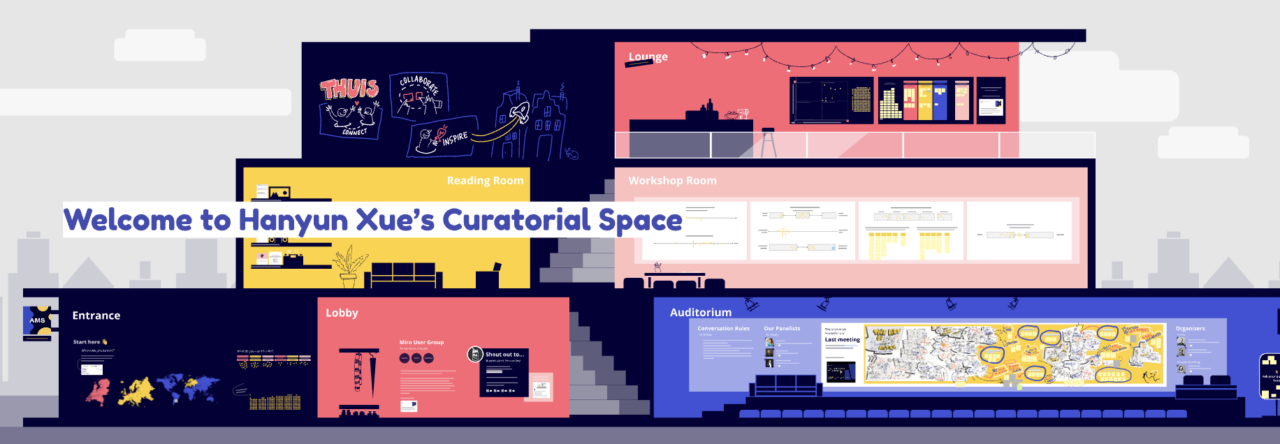The exhibition doesn’t end when visitors leave. If anything, I see it as just beginning.
In my opinion, the curation work is more like an ecosystem than a schedule. I don’t want this project to peak during installation week and then disappear. I want to make it transversal-across disciplines, ages, and institutions. That’s why I plan to expand the exhibition into a 6 day exhibition, followed by 6 days of public programming, divided into three areas: schools, public Spaces, and interinstitutional collaboration.
Opening to the Public: Young Visitors as Present Authors
I often hear people talk about children as the “future audience.” But what if we stopped postponing their participation?
As part of this project, I plan to collaborate with nearby primary schools to launch a curatorial literacy programme that invites children to participate in renaming artworks, mapping their own paths through the exhibition, and composing object labels based on personal feelings or stories. Through these activities, children will be engaged in participatory art not as spectators, but as co-authors of meaning.
These moments of encounter are not intended as simplified simulations—but as genuine invitations to authorship. In this context, curating becomes a language that any age can learn to speak.
Cross-Institutional Collaboration: Restarting Cooperation
During the early development of Fluid Curating, collaborators from different academic backgrounds contributed valuable perspectives on spatial design, linguistic mediation, and audience experience. Now, as the project enters a phase of reflection and regeneration, we will reconnect with these interdisciplinary partners to co-develop a series of post-exhibition research experiments. The exhibition’s end is not marked by the completion of any installation—but rather, it continues through the feedback, interpretations, and emotional responses of our audience, which become the raw material for new inquiries.
Route Re-Mapping Lab (Design Students)
Design students will be invited to analyse visitor movement data—tracking which routes they chose, where they added labels, and how long they stayed in different areas. These patterns are not seen as passive feedback, but as emotional mappings of spatial behaviour. Together, we propose a new research direction: “How can spatial design be reimagined as an emotional landscape rather than a functional layout?” Drawing on these observations, design students will integrate affective and perceptual dimensions into their own research, advancing audience-responsive spatial strategies.
Zine Co-Editing Lab (TESOL Students)
TESOL students will transform the archive of audience responses into a multilingual e-Zine—curated as a collage of emotional impressions, interpretations, and renamed artworks. Importantly, we will not edit or translate these voices: every language, every expression, and every contribution will be preserved as it is. This non-hierarchical editing approach embodies our reciprocal relationship with TESOL collaborators: we offer the space and data; they bring linguistic diversity into a shared publishing practice.
Our guiding research question is: “Can language become a medium for curatorial co-authorship? How can unedited multilingual collage reflect a truly collective voice?”
Data as Interpretation (Art History / CAT Students)
Students from Art History and Contemporary Art Theory (CAT) will examine the collected responses, renamed titles, and emotional triggers as more than just feedback—they become curatorial material. Their research project explores: “In participatory exhibitions, how do audience affective reactions contribute to the construction of meaning?”
These analyses will be shared with CAP student artists, offering them rare access to comprehensive audience insight and helping resolve the common issue of limited feedback. This shared interpretative process reflects our commitment to collaborative meaning-making and decentralised curatorial authorship.



Leave a Reply